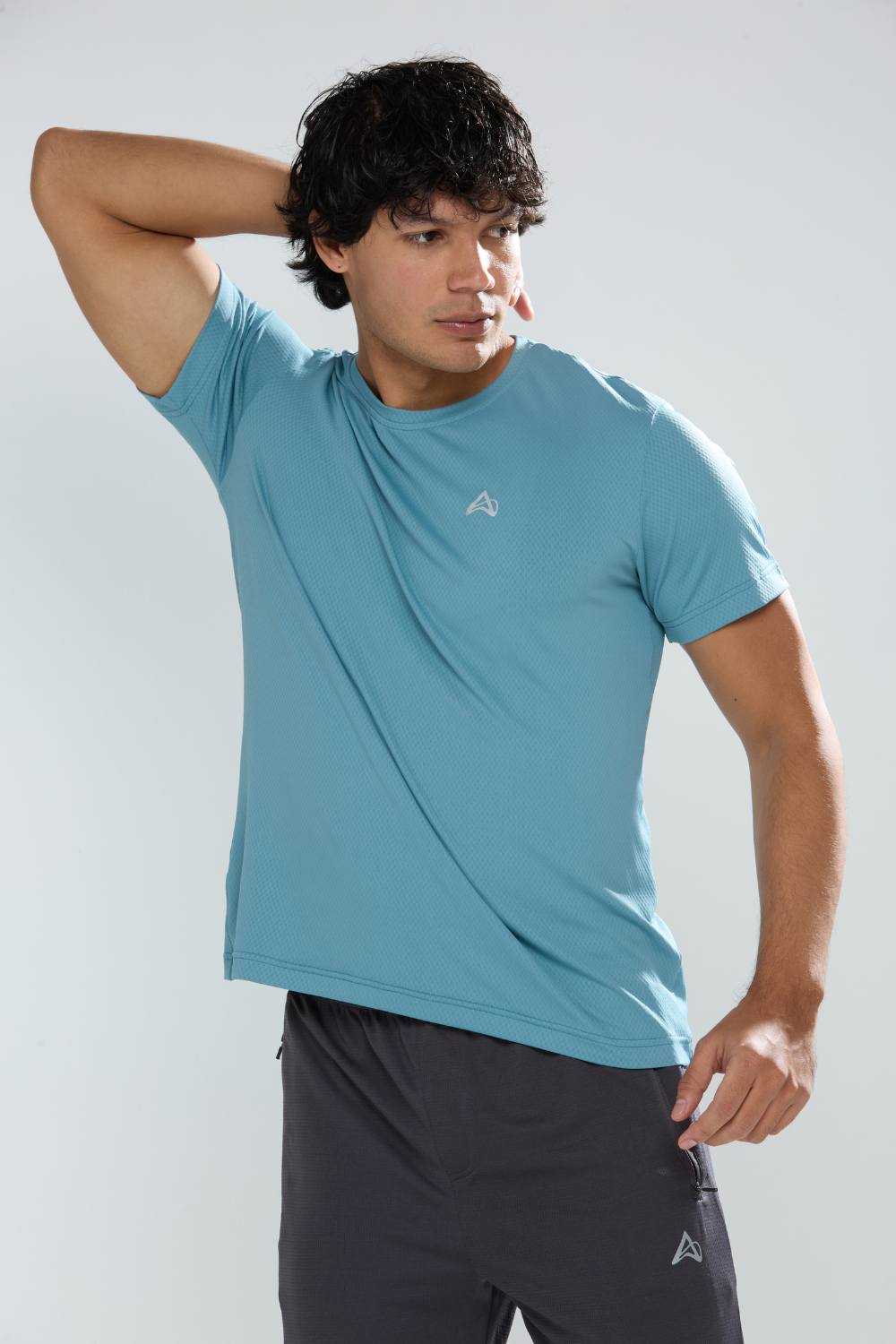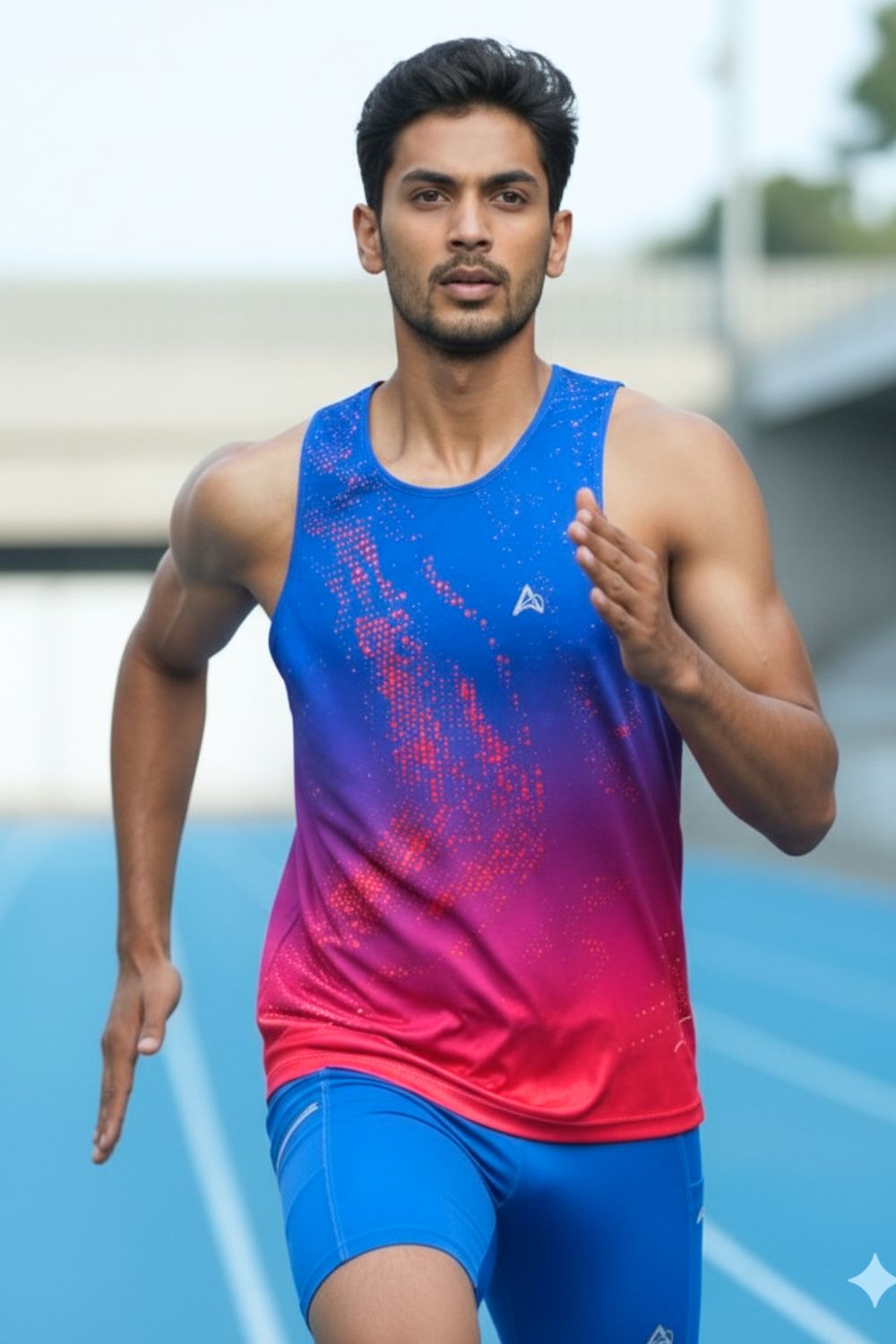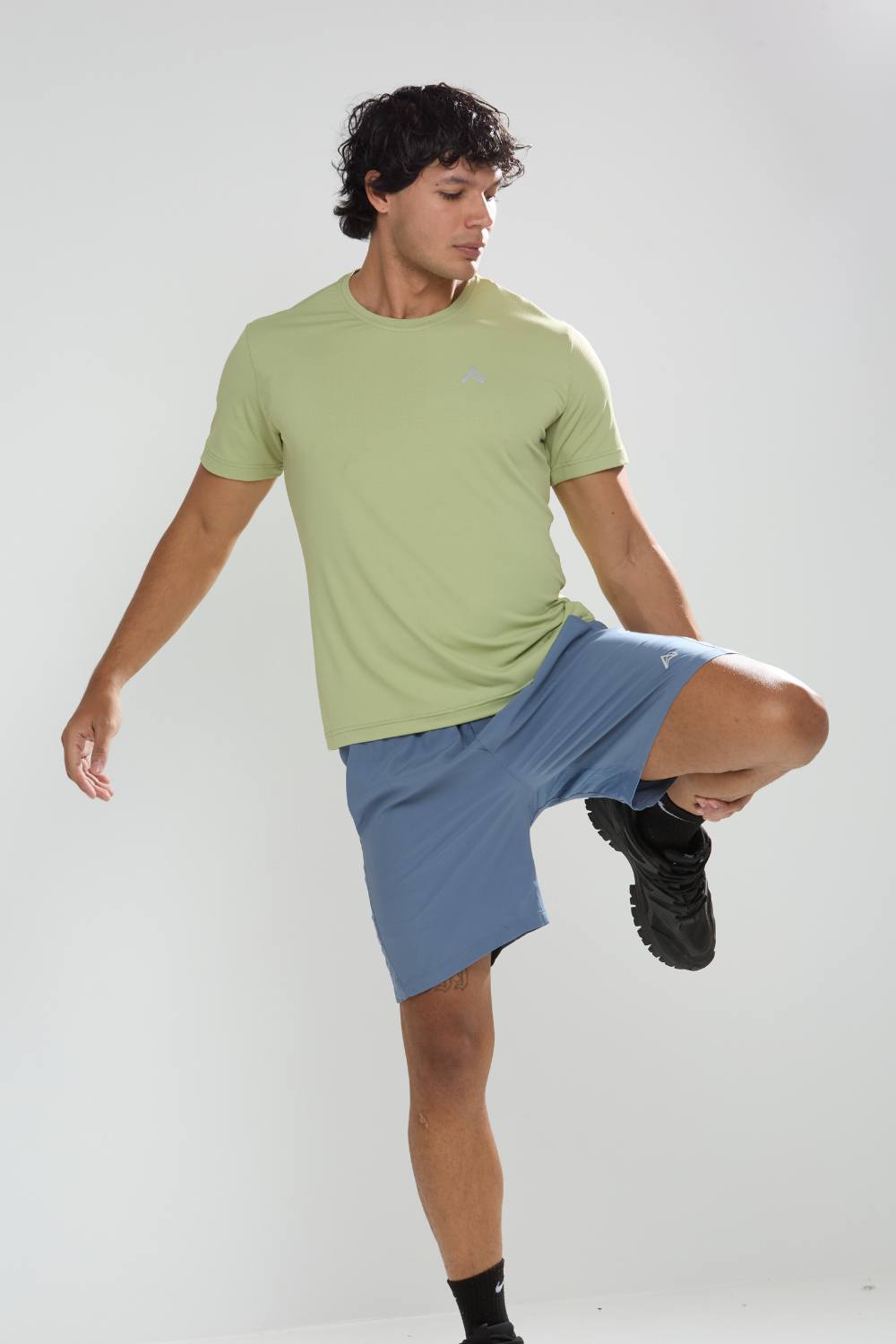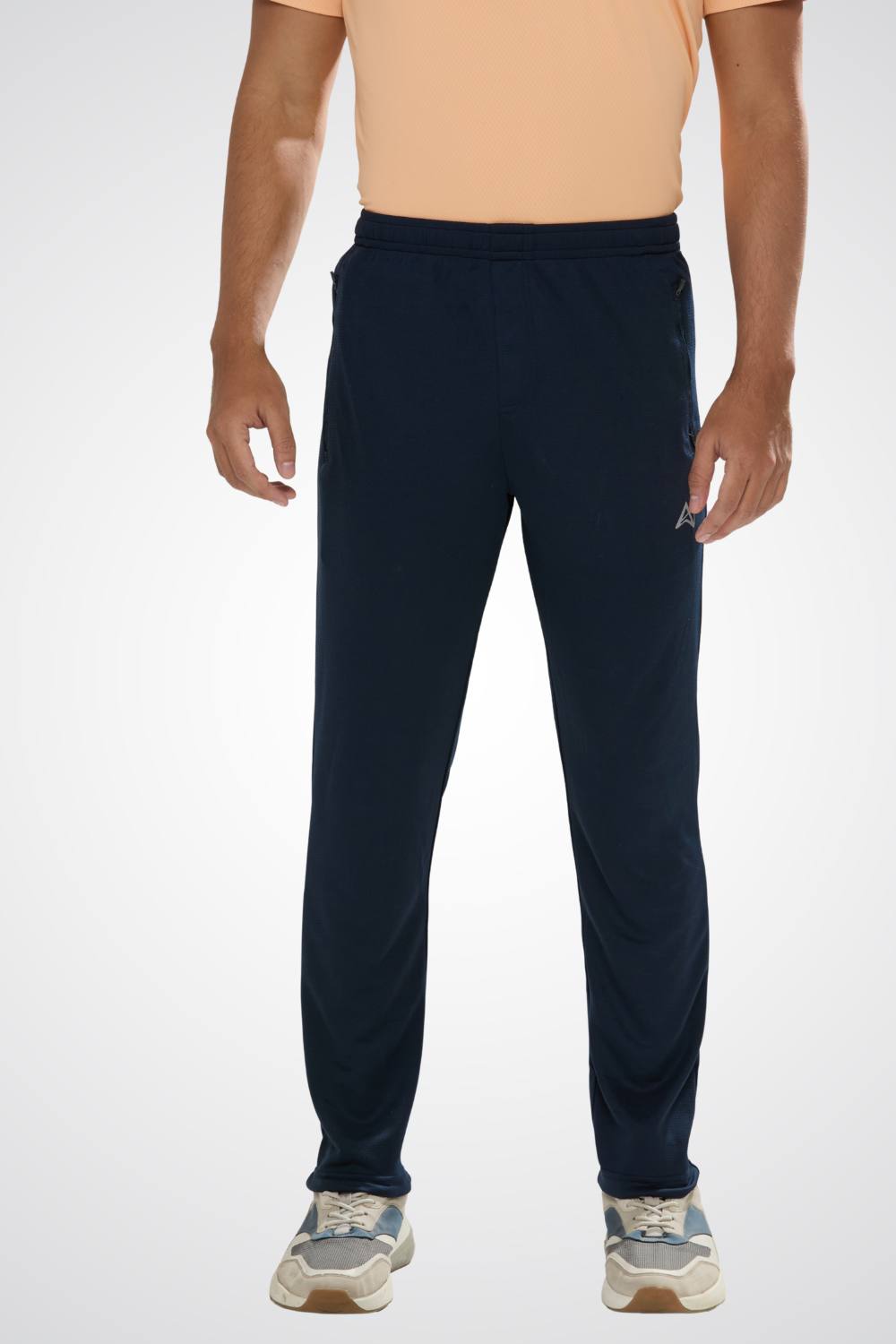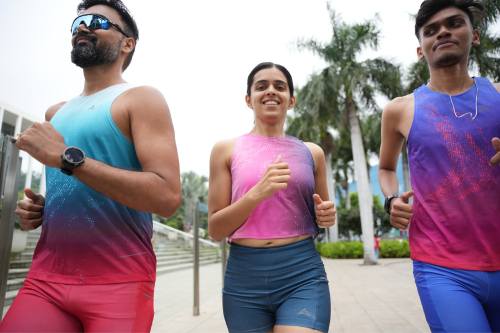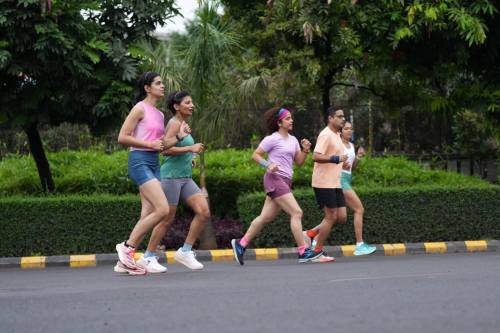Quick Listen:
The air at the Boston Marathon starting line crackles with anticipation runners fidgeting, glancing at their devices, mentally mapping the grueling 26.2 miles before them. For years, marathon preparation boiled down to piling on the miles, honing race pace, and hoping for favorable conditions. Yet a subtle shift is underway, redefining endurance training. Strength exercises, long dismissed as the domain of weightlifters and fitness enthusiasts, now stand as a vital element in building better runners, influencing everything from performance gear to recovery strategies and competitive outcomes.
Tired of gear that slows you down? Chafing, soggy fabrics, and missing pockets kill your run's momentum. At Aguante, we're runners who get it. Our high-performance activewear features moisture-wicking fabrics, ergonomic designs, and smart storage to keep you focused. Shop Now!
Strength Training Emerges as a Game-Changer in Marathon Preparation
Once, marathon runners balked at the notion of hoisting weights. The reasoning seemed ironclad: why add bulk when efficiency demands minimal mass over such distances? Emerging evidence, however, has overturned that view. A systematic review with meta-analysis in Sports Medicine examined how various resistance methods such as heavy loads, explosive jumps, or static holds affect energy use during runs. Drawing from 31 studies with 652 participants, it revealed that heavy-load routines and mixed approaches enhance running efficiency, particularly at faster paces and among those with superior aerobic capacity. Simply put, incorporating lifts allows athletes to extract greater value from each step, conserving energy where it counts.
This evolution extends beyond theory. Top-tier marathon competitors, including those vying for Olympic spots or major titles, are embedding resistance work into their schedules. Envision an athlete powering through weighted squats before tackling a lengthy endurance session it's less about gaining size and more about forging durability, amplifying force, and warding off setbacks that could sideline a campaign. For recreational participants, this blended methodology is overhauling regimens, as community groups and digital services like Strava or Peloton integrate muscle-building elements seamlessly.
To delve deeper, the review applied rigorous standards, searching databases like PubMed and Scopus through late 2022. It focused on interventions lasting at least three weeks, comparing groups with added strength protocols against those sticking to pure cardio or light efforts. Programs spanned six to 24 weeks, featuring one to four weekly sessions. Statistical insights highlighted how velocity and peak oxygen uptake influence gains from intense lifting, with effects strengthening at elevated intensities.
A Market Booming with Muscle
Strength training's ascent is not confined to tracks and trails; it's igniting expansion across fitness sectors. Per Market Research Future, the weight training sector stood at $16.62 billion in 2024 and is set to rise from $17.64 billion this year to $30.07 billion by 2034, advancing at a 6.1% compound annual growth rate through that span. Similarly, the strength training equipment market, valued at $17.08 billion in 2024, anticipates reaching $30.6 billion by 2035, with a 5.45% growth rate from now onward. An alternate projection from Mordor Intelligence pegs this equipment arena at $12.96 billion in 2025, climbing to $17.81 billion by 2030 at 6.56% annually. Fueling this surge are heightened wellness awareness, escalating obesity concerns, and a hunger for versatile tools bridging gym and outdoor pursuits.
Clothing companies are sprinting to adapt. Athletes demand more than fragile tops that tear under loads or footwear unstable for lifts. Supportive compression garments, multifunctional trainers, and adaptable outfits from studio to street are surging in popularity. Firms such as Nike, Lululemon, and Under Armour craft items merging robustness for resistance work with airy ventilation essential for long hauls. Specialty gyms, including Barry's and regional CrossFit venues, contribute by curating mixed sessions that fuse cardio bursts with weighted movements, catering to this crossover crowd.
Beyond basics, market drivers include tech innovations like intelligent devices for tracking and immersive experiences, plus the boom in home setups post-pandemic. Regional breakdowns show North America leading, with Asia-Pacific accelerating fastest, reflecting global shifts toward personalized health investments.
Real Runners, Real Results
Elite examples abound. Consider Kenya's Eliud Kipchoge, holder of the marathon world record, who integrates strength routines biweekly, targeting glutes, hamstrings, and core via bodyweight drills to sustain his dominance. Stateside, organizations like New York Road Runners bolster this with cross-training initiatives and expert-led classes, even collaborating on research to curb injuries through targeted strengthening. A randomized trial involving first-time New York City Marathon entrants demonstrated how a 12-week program reduced mishaps, underscoring practical benefits.
Novices are embracing it equally. Platforms such as TrainingPeaks and Final Surge deliver customized modules for runners, while gadgets from Garmin to Apple prompt monitoring of lifts alongside distances. This fosters a versatile athlete profile, equally at ease with barbells or pavement, equipped in purpose-built attire.
Hybrid models, blending endurance with power, are trending upward in 2025. Resources highlight programs mixing runs, cycles, and weights for balanced gains, with communities like Reddit's HybridAthlete forums buzzing over goals like sub-three-hour marathons paired with heavy deadlifts. Success stories, such as former collegians transforming via varied regimens, illustrate sustained motivation and progress.
The Hurdles of Hybrid Training
Challenges persist, though. Purists often resist, fearing added mass or reduced speed from weights. Enthusiasts sometimes overdo it, courting fatigue or harm through flawed execution. A 2023 meta-analysis in Frontiers of Physiology reviewed 28 studies, noting risks like strains from imbalanced unilateral or bilateral approaches, especially sans supervision. Apparel hurdles loom too: crafting items resilient for racks yet featherlight for miles tests designers, leaving many to mix mismatched pieces that underperform.
Education remains the steepest barrier. Countless hobbyists confuse exercises or lack form cues, amplifying dangers. This void propels growth in online guides and coaches demystifying integration for runners, emphasizing technique to mitigate issues like tendon issues or dislocations flagged in resistance sports research.
Despite these, evidence tilts positive. Studies affirm that structured strength cuts injury odds in contact sports, hinting at parallels for endurance folks, provided adherence and proper methods.
Opportunities in a Shifting Landscape
Brands spy vast potential in this fusion. All-purpose wear like pants transitioning from ellipticals to squats commands premiums. Outlets such as Dick's Sporting Goods curate bundles of footwear, bands, and shorts for comprehensive kits. Apps like Nike's extend runner-tailored lifts with shopping ties, while workplace health schemes roll out combined challenges to boost engagement.
Backing these prospects are robust figures: weight sectors nearly doubling by mid-2030s, equipment sales ascending reliably. Innovators envision grippier soles for dual use or fabrics repelling gym grime while expelling moisture. These visions materialize as 2025 trends favor multifunctional gear amid rising hybrid popularity.
Activewear overall is thriving, propelled by rising demand for versatile clothing that transitions seamlessly between fitness and everyday life. Much of this momentum stems from the women's segment and the continued rise of athleisure, reflecting a growing culture of everyday athletes who value both performance and style.
A Stronger Future for Marathoners
Experts concur: resistance work is indispensable for distance runners. "It's crafting a frame resilient to 26 mile's toll," notes a prominent biomechanist. "Such efforts refine economy, slash risks, and extend careers." Forward, blended training promises ubiquity, with athletes merging mileage and might as routinely as pacing checks.
For performance clothing, stakes soar. Pioneers in restorative materials, fortified kicks, or form-tracking smarts will dominate. Runners gain from this paradigm: preparation transcends mere distance. It encompasses fortitude, vigor, and equipped versatility. As tapes await, victors may well be those who built strength en route.
Frequently Asked Questions
Does strength training actually help marathon runners improve their performance?
Yes, recent research shows that strength training significantly improves running efficiency, particularly at faster paces. A systematic review of 31 studies found that heavy-load routines and mixed training approaches help runners extract greater value from each step, conserving energy during long distances. Elite marathoners like Eliud Kipchoge integrate strength work biweekly to maintain their competitive edge.
What are the biggest mistakes runners make when adding strength training to their marathon preparation?
The most common mistakes include fearing that weights will add unwanted bulk, overdoing strength sessions and risking fatigue or injury, and using improper form without supervision. A 2023 meta-analysis noted risks like strains from imbalanced training approaches, especially when runners lack proper technique guidance. The key is structured, moderate strength work that complements rather than competes with running training.
How is the fitness equipment market responding to the growing trend of strength training for runners?
The strength training equipment market is experiencing explosive growth, projected to reach $30.6 billion by 2035 with a 5.45% annual growth rate. Companies like Nike, Lululemon, and Under Armour are developing multifunctional gear that works for both resistance training and long runs, while specialty gyms are creating hybrid classes that blend cardio with weighted movements to serve the growing crossover athlete market.
Disclaimer: The above helpful resources content contains personal opinions and experiences. The information provided is for general knowledge and does not constitute professional advice.
You may also be interested in: Running Apparel Brands Focus on Indias Hot Climate
Tired of gear that slows you down? Chafing, soggy fabrics, and missing pockets kill your run's momentum. At Aguante, we're runners who get it. Our high-performance activewear features moisture-wicking fabrics, ergonomic designs, and smart storage to keep you focused. Shop Now!
Powered by flareAI.co





